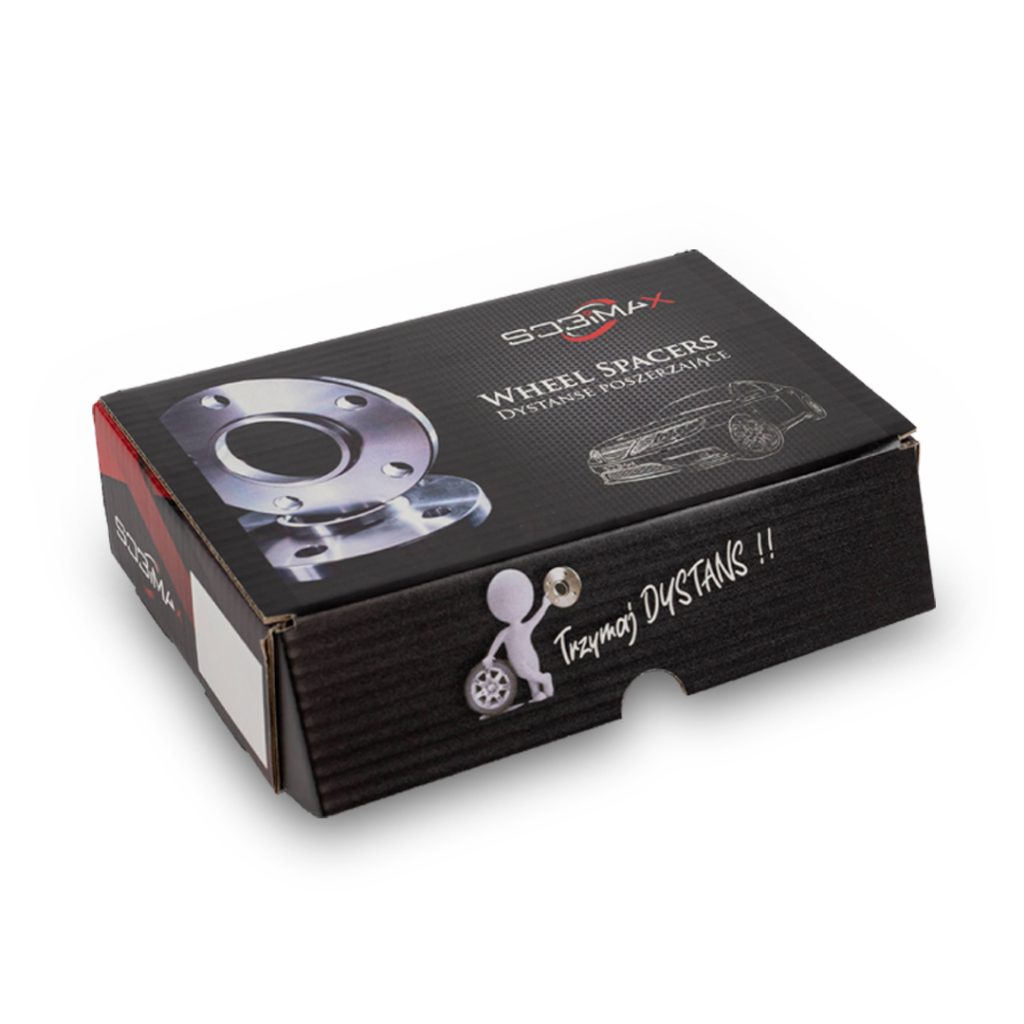- +48 62 768 79 10
- sekretariat@kraft-box.eu
- Mon - Fri: 7:00 - 16:00

It is not necessary to use adhesive tape to close them,
as the construction of the flexible packaging box provides flaps for closure.
A key distinctive feature of flexible packaging is the need for a die-cutting machine. The die-cutting machine makes it possible to create perfectly tailored packaging with the desired shape. This type of packaging can most often be found in the cosmetics, food, or electronics sectors.
The greatest advantage of flexible boxes is their aesthetically pleasing appearance, which also allows luxury items to be displayed. The flexible box is designed so that the surface is as flat as possible and the space inside is filled as much as possible. This is also a huge advantage for transport – the products inside do not move.
It is worth entrusting the production of flexible boxes to manufacturers who have considerable experience in producing this type of packaging, such as Kraft-box. For the recipient, the most important thing is the final, visual effect. A flexible box should be made of the best quality materials, the thickness of the cardboard should be selected according to the type and weight of the product. Since a die-cutting machine is required to make a cut box, it is advisable for it to be made in a very precise manner. Cut boxes, which have cut-outs in a chosen shape, e.g. the shape of a Christmas tree or an animal, when there are a lot of small elements, look very impressive only when they are precisely made.
Boxes are usually covered with colourful promotional or informative prints. In addition, they are often subject to refinement in the form of lacquering or foiling, which strengthens the structure and durability and enhances the visual appeal of the packaging. In the case of cut boxes, convex forms such as silk-screen printing or 3D UV varnish can now also be used for printing. This gives the packaging an exclusive look.
Flexible boxes can be made from any thickness of cardboard, but most often it is 3-layer corrugated cardboard. Due to their cut structure, they are more resistant to damage, and also perform much better in transport than classic flap boxes. Due to their properties, they can be used repeatedly.
If we were to describe the disadvantages of cut boxes, we can indirectly include the issue of die-cutting as a difficulty. Where it depends on the precision of the shape, the time it takes to make it and the additional cost. This is probably the only disadvantage of this solution.
Cut cardboards are most often used for decorative packaging of products, such as cosmetic kits, books or CDs. They are more likely to be used for smaller sized items. They are most often made of corrugated cardboard and have flaps that fold inwards. Great for protecting against damage and protecting against external factors.
We specialize in packaging for the fruit and vegetable market. We also create excellent packaging for the meat, poultry and dairy industries. These include packaging both for manual folding and glued on modern folder-gluer machines from a leading company in the European market.
Social Media
Certificates

